
Spire.Doc for .NET是一款专门对 Word 文档进行操作的 .NET 类库。在于帮助开发人员无需安装 Microsoft Word情况下,轻松快捷高效地创建、编辑、转换和打印 Microsoft Word 文档。拥有近10年专业开发经验Spire系列办公文档开发工具,专注于创建、编辑、转换和打印Word/PDF/Excel等格式文件处理,小巧便捷。
Spire.Doc for.NET 最新下载
借助Spire.Doc,我们可以很方便的在word文档中添加超链接和编辑超链接。本文将重点演示如何在 C# 中删除 word 文档中的所有超链接。
下面就详细介绍如何去除word文档中的超链接。首先,查看带有许多超链接的示例文档:
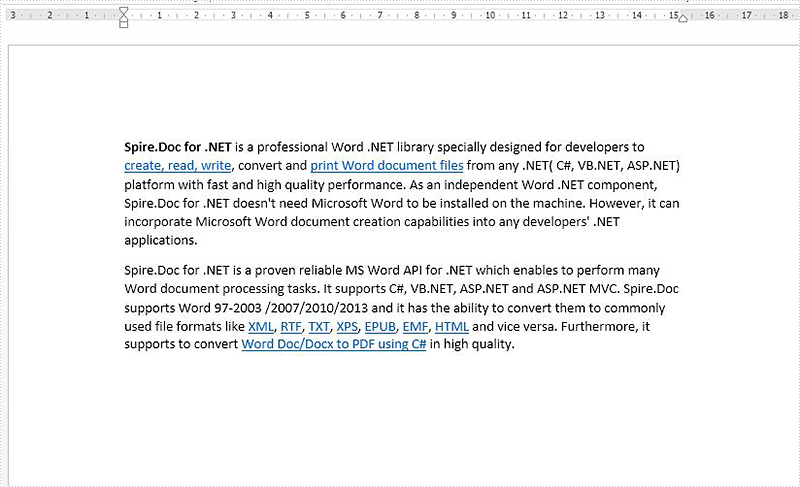
第 1 步:创建一个新的 word 文档并从文件中加载示例文档:
Document doc = new Document();
doc.LoadFromFile("Sample.docx");
第 2 步:创建一个方法 FindAllHyperlinks() 以获取示例文档中的所有超链接。
private List FindAllHyperlinks(Document document)
{
List hyperlinks = new List();
foreach (Section section in document.Sections)
{
foreach (DocumentObject sec in section.Body.ChildObjects)
{
if (sec.DocumentObjectType == DocumentObjectType.Paragraph)
{
foreach (DocumentObject para in (sec as Paragraph).ChildObjects)
{
if (para.DocumentObjectType == DocumentObjectType.Field)
{
Field field = para as Field;
if (field.Type == FieldType.FieldHyperlink)
{
hyperlinks.Add(field);
}
}
}
}
}
}
return hyperlinks;
}
第 3 步:删除超链接的字体颜色和下划线格式。
private void FormatFieldResultText(Body ownerBody,int sepOwnerParaIndex,int endOwnerParaIndex,int sepIndex,int endIndex)
{
for (int i = sepOwnerParaIndex; i <= endOwnerParaIndex; i++)
{
Paragraph para = ownerBody.ChildObjects[i] as Paragraph;
if (i == sepOwnerParaIndex && i == endOwnerParaIndex)
{
for (int j = sepIndex + 1; j < endIndex; j++)
{
FormatText(para.ChildObjects[j] as TextRange);
}
}
else if (i == sepOwnerParaIndex)
{
for (int j = sepIndex + 1; j < para .ChildObjects .Count ; j++)
{
FormatText(para.ChildObjects[j] as TextRange);
}
}
else if (i == endOwnerParaIndex)
{
for (int j = 0; j < endIndex; j++)
{
FormatText(para.ChildObjects[j] as TextRange);
}
}
else
{
for (int j = 0; j < para.ChildObjects.Count; j++)
{
FormatText(para.ChildObjects[j] as TextRange);
}
}
}
}
private void FormatText(TextRange tr)
{
tr.CharacterFormat.TextColor = Color.Black;
tr.CharacterFormat.UnderlineStyle = UnderlineStyle.None;
}
第 4 步:展平超链接字段。
private void FlattenHyperlinks(Field field)
{
int ownerParaIndex = field.OwnerParagraph.OwnerTextBody.ChildObjects.IndexOf(field.OwnerParagraph);
int fieldIndex = field.OwnerParagraph.ChildObjects.IndexOf(field);
Paragraph sepOwnerPara = field.Separator.OwnerParagraph;
int sepOwnerParaIndex = field.Separator.OwnerParagraph.OwnerTextBody.ChildObjects.IndexOf(field.Separator.OwnerParagraph);
int sepIndex = field.Separator.OwnerParagraph.ChildObjects.IndexOf(field.Separator);
int endIndex = field.End.OwnerParagraph.ChildObjects.IndexOf(field.End);
int endOwnerParaIndex = field.End.OwnerParagraph.OwnerTextBody.ChildObjects.IndexOf(field.End.OwnerParagraph);
FormatFieldResultText(field.Separator.OwnerParagraph.OwnerTextBody, sepOwnerParaIndex, endOwnerParaIndex, sepIndex, endIndex);
field.End.OwnerParagraph.ChildObjects.RemoveAt(endIndex);
for (int i = sepOwnerParaIndex; i >= ownerParaIndex; i--)
{
if (i == sepOwnerParaIndex && i == ownerParaIndex)
{
for (int j = sepIndex; j >= fieldIndex; j--)
{
field.OwnerParagraph.ChildObjects.RemoveAt(j);
}
}
else if (i == ownerParaIndex)
{
for (int j = field.OwnerParagraph.ChildObjects.Count - 1; j >= fieldIndex; j--)
{
field.OwnerParagraph.ChildObjects.RemoveAt(j);
}
}
else if (i == sepOwnerParaIndex)
{
for (int j = sepIndex; j >= 0; j--)
{
sepOwnerPara.ChildObjects.RemoveAt(j);
}
}
else
{
field.OwnerParagraph.OwnerTextBody.ChildObjects.RemoveAt(i);
}
}
}
第 5 步:将文档保存到文件
doc.SaveToFile("removehyperlinks.docx", FileFormat.Docx);
去除word文档超链接后的有效截图:

如何从word文档中删除超链接的完整代码:
public Removehyperlink()
{
Document doc = new Document();
doc.LoadFromFile("Sample.docx");
List hyperlinks = FindAllHyperlinks(doc);
for (int i = hyperlinks.Count - 1; i >= 0; i--)
{
FlattenHyperlinks(hyperlinks[i]);
}
doc.SaveToFile("removehyperlinks.docx", FileFormat.Docx);
}
private List FindAllHyperlinks(Document document)
{
List hyperlinks = new List();
foreach (Section section in document.Sections)
{
foreach (DocumentObject sec in section.Body.ChildObjects)
{
if (sec.DocumentObjectType == DocumentObjectType.Paragraph)
{
foreach (DocumentObject para in (sec as Paragraph).ChildObjects)
{
if (para.DocumentObjectType == DocumentObjectType.Field)
{
Field field = para as Field;
if (field.Type == FieldType.FieldHyperlink)
{
hyperlinks.Add(field);
}
}
}
}
}
}
return hyperlinks;
}
private void FlattenHyperlinks(Field field)
{
int ownerParaIndex = field.OwnerParagraph.OwnerTextBody.ChildObjects.IndexOf(field.OwnerParagraph);
int fieldIndex = field.OwnerParagraph.ChildObjects.IndexOf(field);
Paragraph sepOwnerPara = field.Separator.OwnerParagraph;
int sepOwnerParaIndex = field.Separator.OwnerParagraph.OwnerTextBody.ChildObjects.IndexOf(field.Separator.OwnerParagraph);
int sepIndex = field.Separator.OwnerParagraph.ChildObjects.IndexOf(field.Separator);
int endIndex = field.End.OwnerParagraph.ChildObjects.IndexOf(field.End);
int endOwnerParaIndex = field.End.OwnerParagraph.OwnerTextBody.ChildObjects.IndexOf(field.End.OwnerParagraph);
FormatFieldResultText(field.Separator.OwnerParagraph.OwnerTextBody, sepOwnerParaIndex, endOwnerParaIndex, sepIndex, endIndex);
field.End.OwnerParagraph.ChildObjects.RemoveAt(endIndex);
for (int i = sepOwnerParaIndex; i >= ownerParaIndex; i--)
{
if (i == sepOwnerParaIndex && i == ownerParaIndex)
{
for (int j = sepIndex; j >= fieldIndex; j--)
{
field.OwnerParagraph.ChildObjects.RemoveAt(j);
}
}
else if (i == ownerParaIndex)
{
for (int j = field.OwnerParagraph.ChildObjects.Count - 1; j >= fieldIndex; j--)
{
field.OwnerParagraph.ChildObjects.RemoveAt(j);
}
}
else if (i == sepOwnerParaIndex)
{
for (int j = sepIndex; j >= 0; j--)
{
sepOwnerPara.ChildObjects.RemoveAt(j);
}
}
else
{
field.OwnerParagraph.OwnerTextBody.ChildObjects.RemoveAt(i);
}
}
}
private void FormatFieldResultText(Body ownerBody, int sepOwnerParaIndex, int endOwnerParaIndex, int sepIndex, int endIndex)
{
for (int i = sepOwnerParaIndex; i <= endOwnerParaIndex; i++)
{
Paragraph para = ownerBody.ChildObjects[i] as Paragraph;
if (i == sepOwnerParaIndex && i == endOwnerParaIndex)
{
for (int j = sepIndex + 1; j < endIndex; j++)
{
FormatText(para.ChildObjects[j] as TextRange);
}
}
else if (i == sepOwnerParaIndex)
{
for (int j = sepIndex + 1; j < para.ChildObjects.Count; j++)
{
FormatText(para.ChildObjects[j] as TextRange);
}
}
else if (i == endOwnerParaIndex)
{
for (int j = 0; j < endIndex; j++)
{
FormatText(para.ChildObjects[j] as TextRange);
}
}
else
{
for (int j = 0; j < para.ChildObjects.Count; j++)
{
FormatText(para.ChildObjects[j] as TextRange);
}
}
}
}
private void FormatText(TextRange tr)
{
tr.CharacterFormat.TextColor = Color.Black;
tr.CharacterFormat.UnderlineStyle = UnderlineStyle.None;
}
以上便是如何在C#去除word文档中的超链接,如果您有其他问题也可以继续浏览本系列文章,获取相关教程,你还可以给我留言或者加入我们的官方技术交流群。
欢迎下载|体验更多E-iceblue产品
获取更多信息请咨询慧都在线客服 ;技术交流Q群(767755948)
标签:
本站文章除注明转载外,均为本站原创或翻译。欢迎任何形式的转载,但请务必注明出处、不得修改原文相关链接,如果存在内容上的异议请邮件反馈至chenjj@evget.com

 首页
首页 


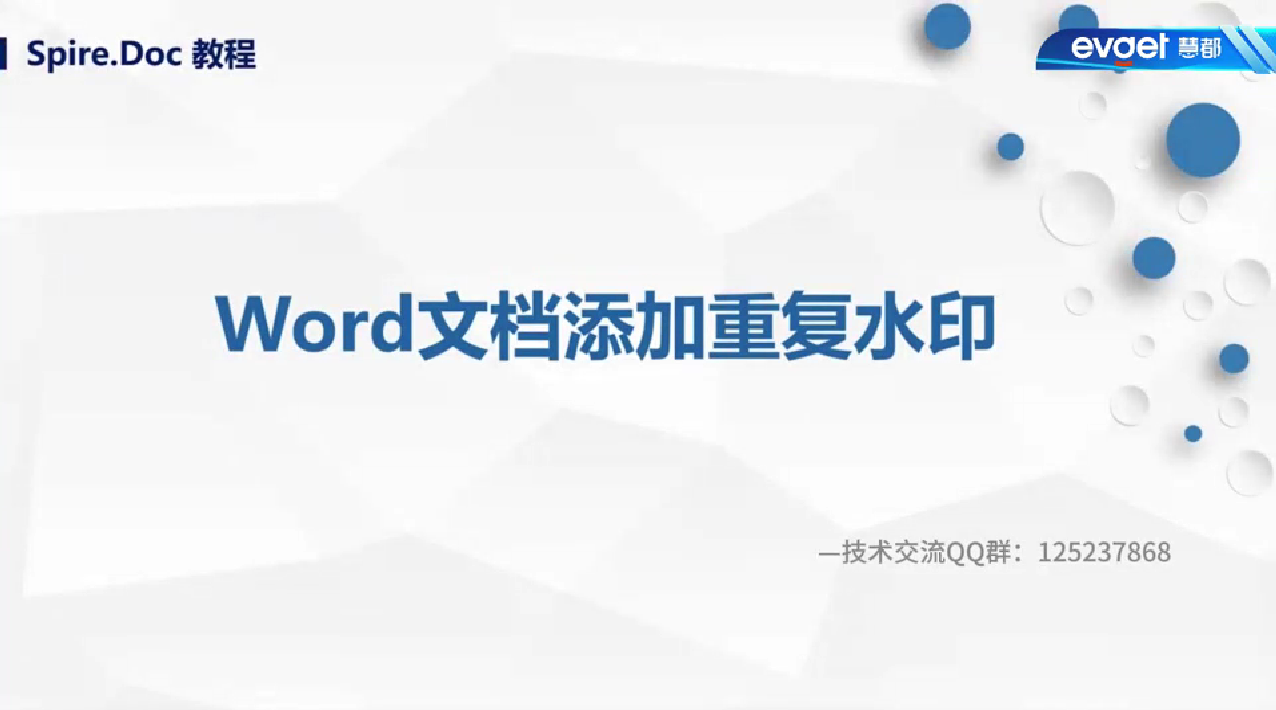
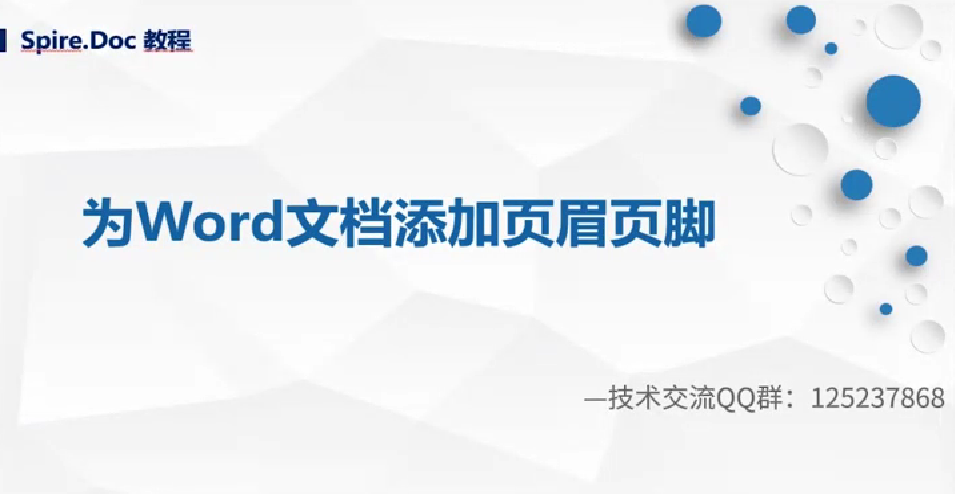
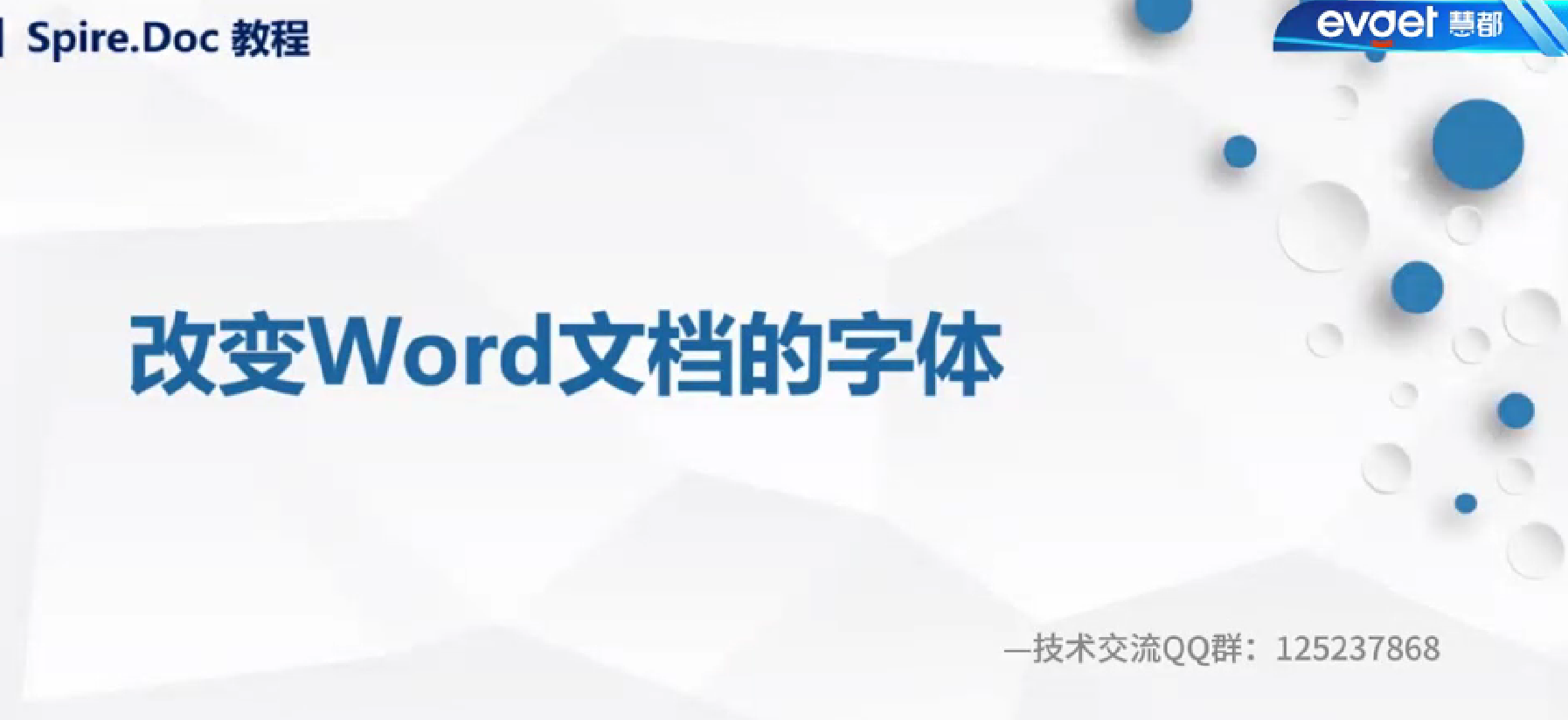

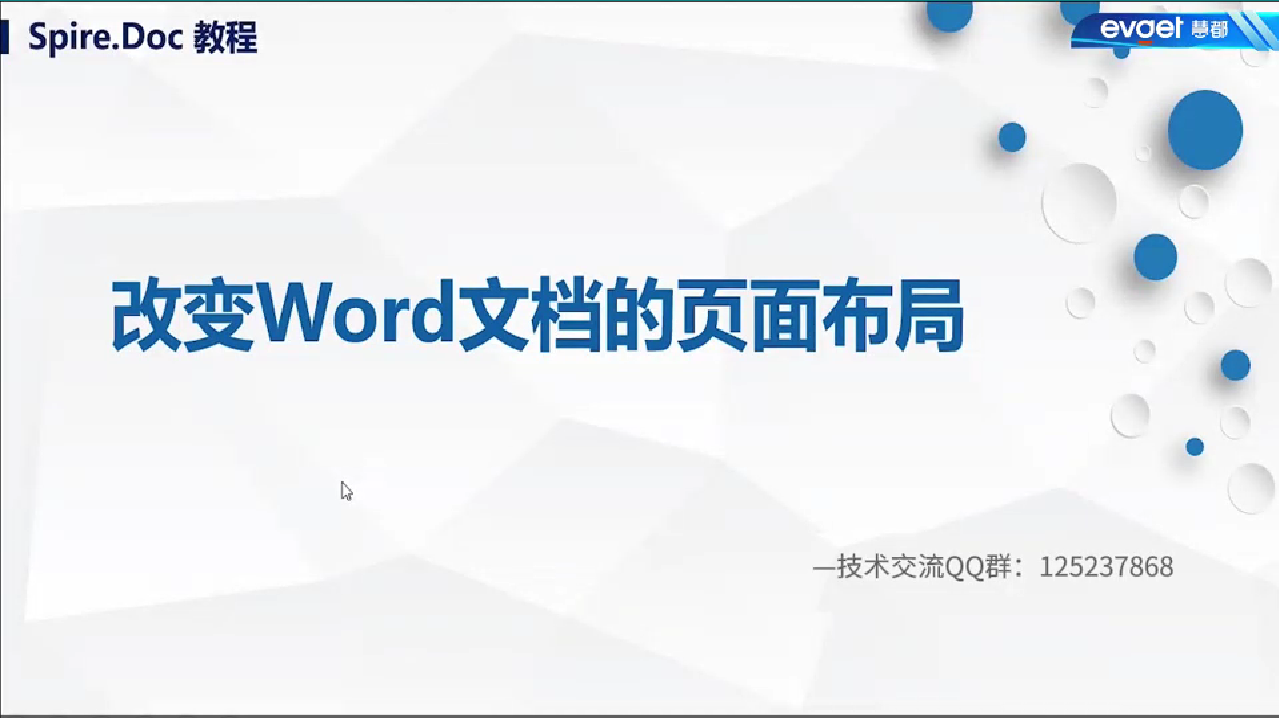
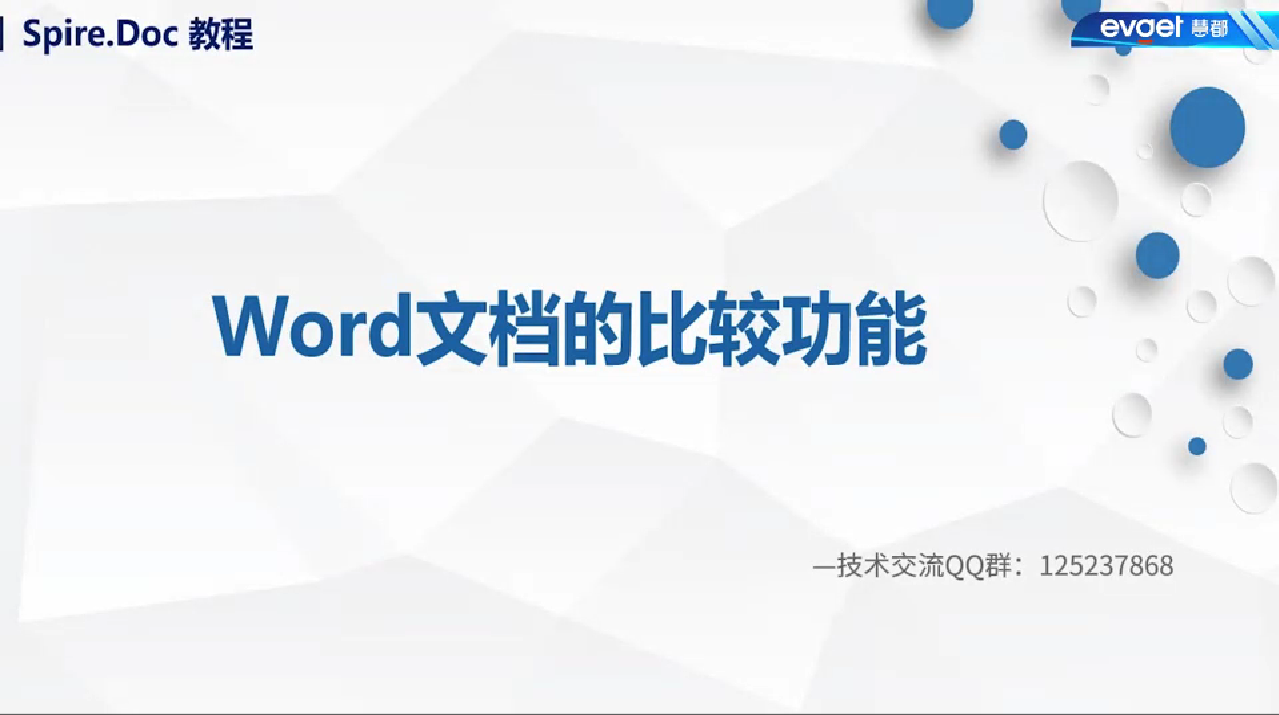










 20次
20次
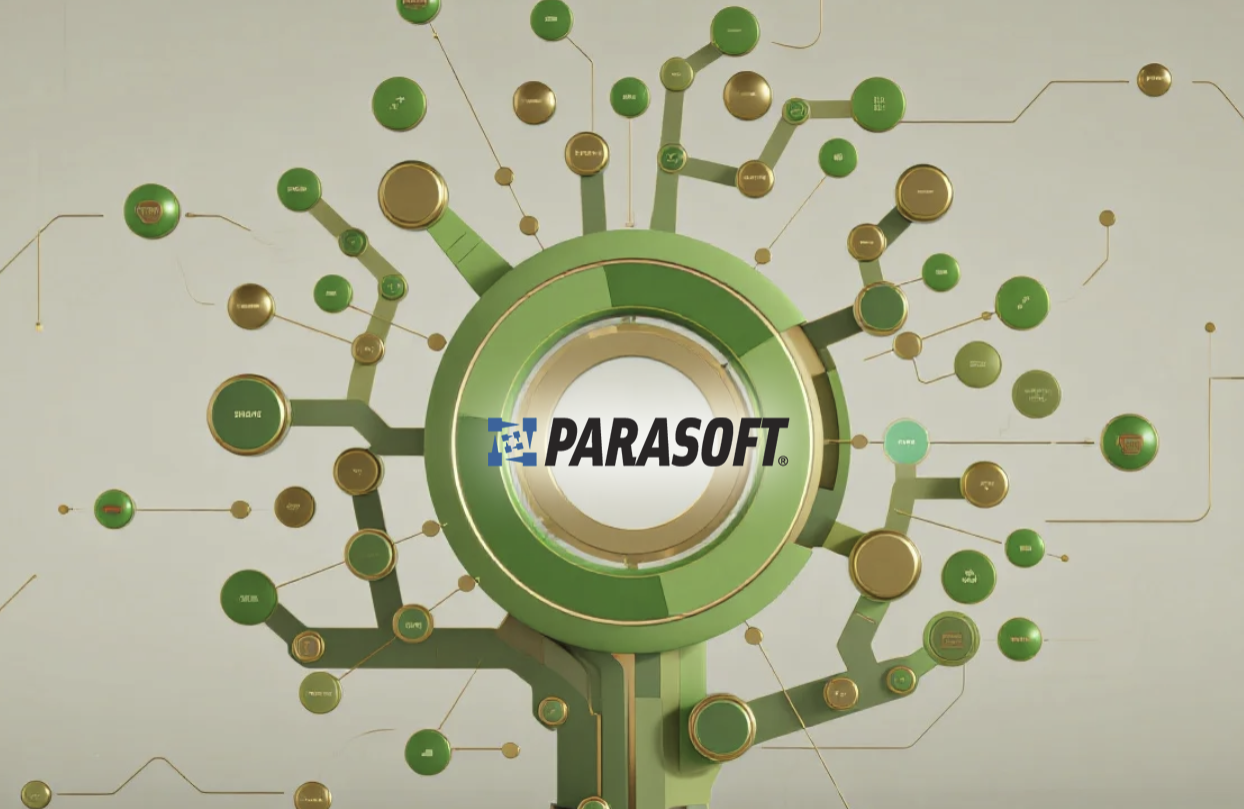

 相关产品
相关产品 最新文章
最新文章 
 相关文章
相关文章 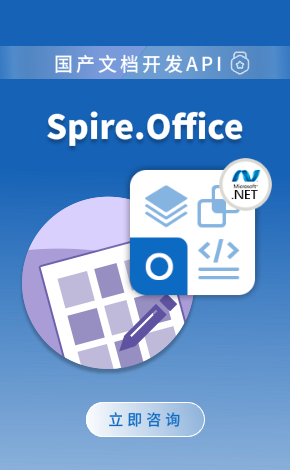

 在线咨询
在线咨询




 渝公网安备
50010702500608号
渝公网安备
50010702500608号

 客服热线
客服热线